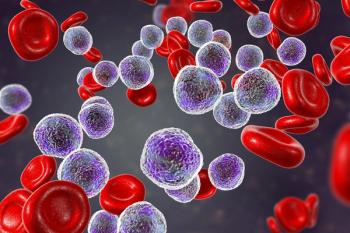
Uterine Transposition Aims to Preserve Fertility During Radiation
As the uterus is moved to the anterior abdominal wall, patients now have a chance of preserving their fertility during radiation therapy.
Uterine transposition offers a promising solution for female patients with pelvic tumors who require radiation therapy but wish to preserve their fertility. John Paul Diaz, MD, describes this procedure as one that involves carefully relocating the uterus outside of the radiation field, thereby minimizing the risk of radiation-induced infertility.
Diaz is the chief of gynecologic oncology, director of robotic surgery, director of the Center of Excellence in Minimally Invasive Gynecologic Surgery at Baptist Health, and lead physician for Clinical Trials in Gynecologic Oncology at Miami Cancer Institute in Miami, Florida.
The surgical technique itself is similar to a traditional hysterectomy, with a key distinction: instead of removing the uterus, it is meticulously preserved and repositioned. By avoiding damage to the blood supply, specifically the infundibulopelvic ligament, the uterus remains viable and capable of supporting future pregnancies.
By preserving the uterus and its reproductive function, uterine transposition offers a valuable option for women seeking to balance cancer treatment with their desire to have children.
Transcript:
The surgical techniques used for uterine transmission are quite simple and very similar to a hysterectomy. The idea is to begin by opening the retroperitoneum. We want to make sure that we avoid touching any of the blood supply to the uterus, like the infundibulopelvic ligament. That’s what’s going to preserve our uterus after the fact. The difference here is we’re going to preserve the uterus, as opposed to removing it during a hysterectomy. Once we get down to the main blood supply of the uterus, the uterine arteries are ligated, and the uterus and cervix are released from the vagina. We then mobilize the uterus up into the abdomen, and we then stitch it up to the anterior abdominal wall, thereby taking it out of the radiation field so that patients can safely receive the radiation they need to treat their pelvic tumor, but preserve their fertility and hopefully carry a future pregnancy.
Newsletter
Stay up to date on recent advances in the multidisciplinary approach to cancer.


















































































